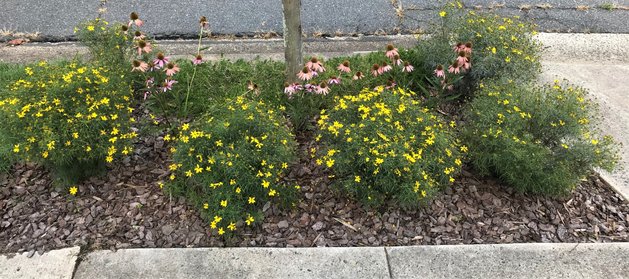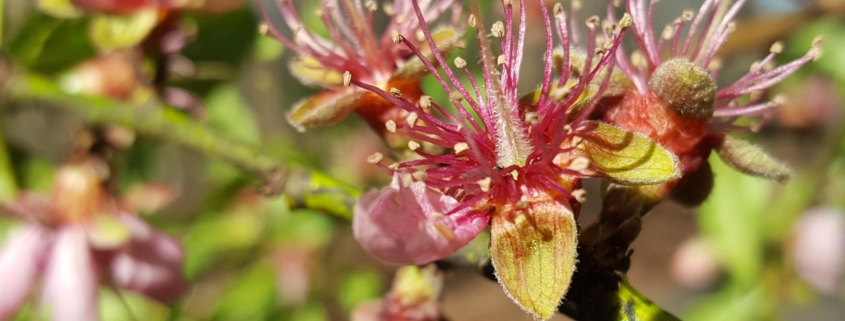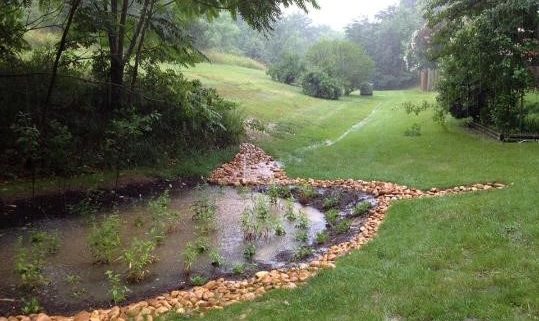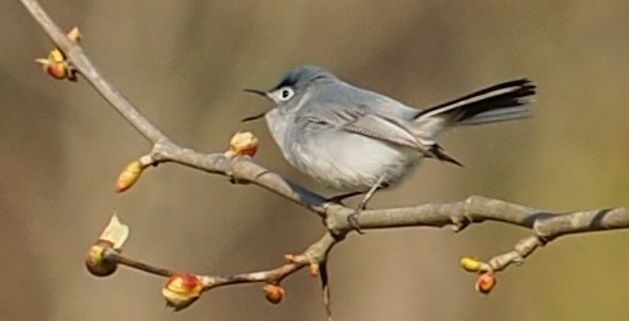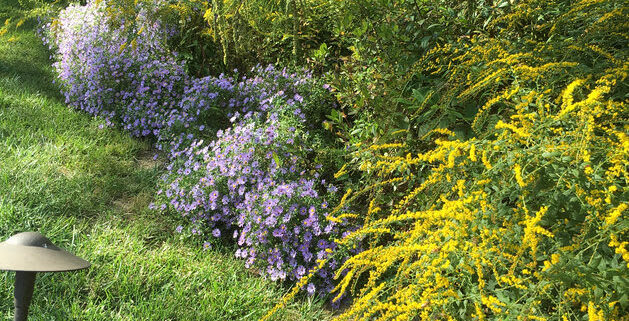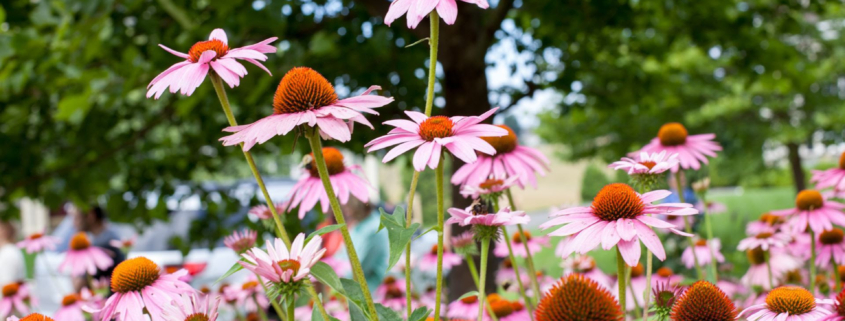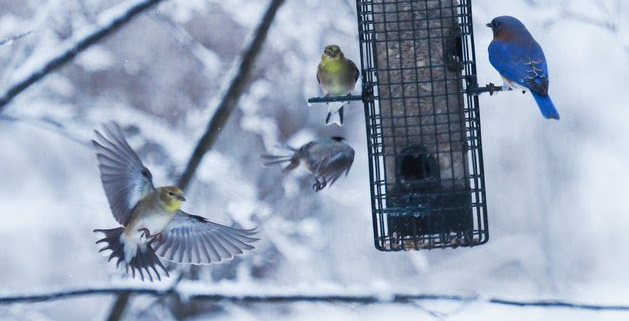Article by Plant NOVA Natives
Before we turn our thoughts to spring, let us take this opportunity to plan for next year’s long stretch of cold and gray. Does your landscape give you pleasure in the winter, as you sit inside looking out? Or is it only designed for curb appeal, with the plants crammed up against the foundation so that all you see from your window is the lawn and the street? Or perhaps the shrubs that were installed with the house are now overgrown and blocking your view altogether. A little rearranging can give you both curb appeal and a vibrant vista from your breakfast table or living room.
The first thing to consider is that movement brings a landscape to life. That can be provided by wind bending the grasses but most importantly by birds and other critters that are making use of your yard. A bird feeder can help you obtain that experience, but to actually support the wildlife, you need to provide them with the plants they need for shelter and food for both themselves and their babies. With rare exceptions, baby songbirds cannot eat seeds – they require insects, which themselves require the plants with which they evolved. In other words, to support life, your yard needs native plants.
If you take out any overgrown shrubs and plant new ones fifteen or twenty feet away from the window, from the inside the effect can be as if you added on a room to your house. Native shrubs can be arranged into a living backdrop where birds entertain you as they eat and shelter. Winterberry, Chokeberry and Elderberry are examples of shrubs that provide colorful berries to feed the birds. Multi-stemmed Serviceberries, with their lovely white flowers followed by berries that are also edible to humans, provide a place for birds to sit while they eat the seeds from your feeder. Native Heucheras and evergreen native ferns and sedges can fill the lower levels, which are also the perfect place to include some small shade-loving species that might get lost in a flower garden bed. Partridgeberry, for example, lies flat on the ground and has adorable red berries from November to January. Not as tiny but still quite small, the spring ephemerals start to emerge just when you need relief from winter.
Spring ephemerals are shade plants that emerge and quickly flower in late winter and spring and then fade away once the trees leaf out. If you plant them in the woods, you will be mimicking nature, but you may miss the whole show. How often do you walk in your woods in cold or rainy weather? On the other hand, if you also tuck them under your deciduous shrubs out front where you can spot these treasures from your window or as you walk by on the way to your car, you can enjoy them the same way we appreciate snow drops, crocuses and daffodils as they emerge in succession. One of the earliest harbingers of spring is Round-lobed Hepatica, whose cute three-lobed leaves peek out in March to be followed by pale purple flowers. Another plant with intriguing leaves is Bloodroot, which starts to flower by late March, around the time that the pink and white flowers of Virginia Spring Beauty begin their long bloom period, providing an important source of nectar to bees as they first awaken. The blossoms of Virginia Bluebells may occasionally start to appear that early as well. A whole troop of other ephemerals burst forth in April. You can find details about spring ephemerals and other native plants on the Plant NOVA Natives website, as well as information about where to buy them.


